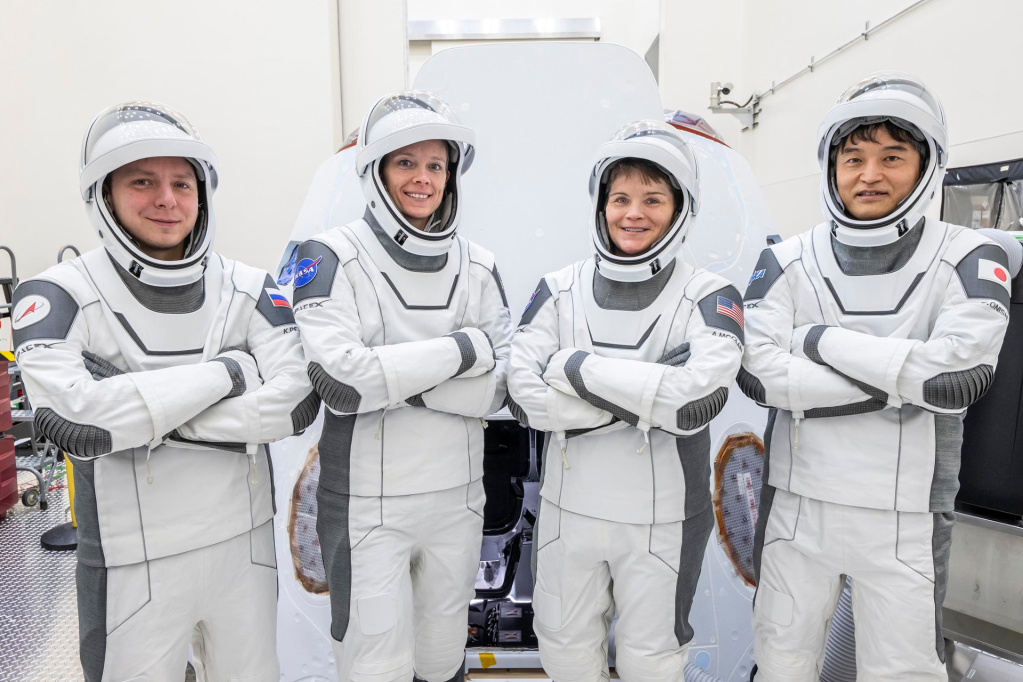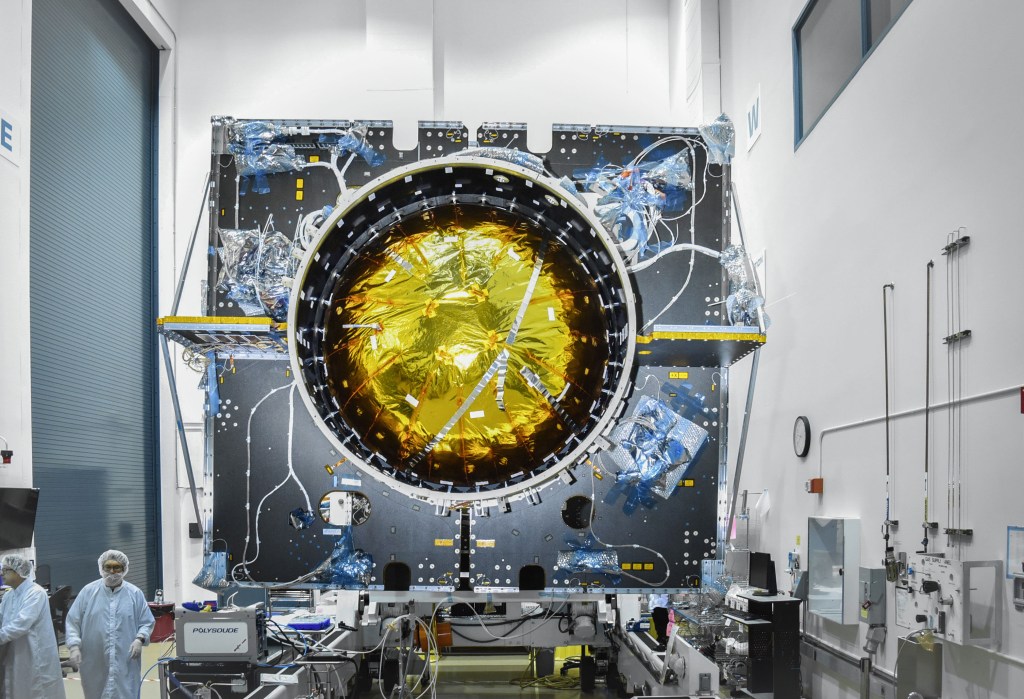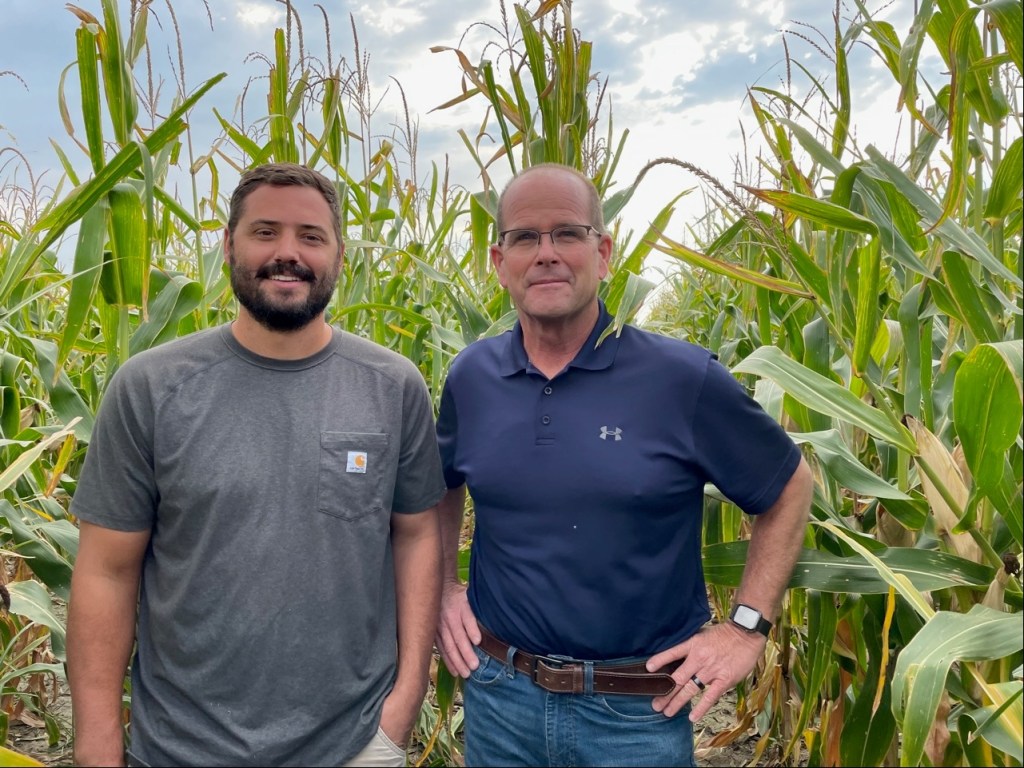Latest Version: POST2 version 4.4.1 dated March 2022
The POST2 v4.4.1 release includes various bug fixes and updates to existing features to improve functionality. These changes include improving catches for various divide by zero cases, adding the option to input data per-vehicle and per-event via CSV files, improving exit error program codes, improving handling of aliased variables in milestones and in the vehicle-scope, adding inputs for missile frame dynamic damping aerodynamic coefficients, correcting component mass calculations when mass steps are disabled, changing command line declares to have precedence over input deck declares, and various additional minor bug fixes. As this is a Minor release, no new features are included.
Previous Version: POST2 version 4.4D dated July 2021
The POST2 v4.4 release features some feature updates and improvements from POST2 v4.3 . Updates include updated memory structures for improved efficiency, allowing unlimited number of events, CSV input handling improvements, ability to read PDS gravity files, and added functionality to generalized acceleration steering. Some of the improvements via fixes or corrections include fixes to several divide by zero instances, input checking on a weight model, and handling of undefined/undeclared parameters.
Previous Version: POST2 version 4.3D dated June 2020
The POST2v4.3 release features some feature updates and improvements from POST2 v4.2 . Additions include change in code structure to allow user-created modules to interact with core code more easily and being able to interrogate Monte Carlo input decks with a clean echo of the inputs for a dispersed case. Some of the modification changes include correcting the ability to initialize a trajectory with zero inertial velocity, reconciling atmospheric calculations when some terms are dispersed, increasing the number of throttling channels, permitting the user to specify if input deck equations are evaluated at each step in the integration process or once at the end of the integration step, and correcting angular rate calculations in runs with multiple problems.
Older Versions:
POST2 version 4.2.1D dated September 2019
POST2v4.2.1 provides many improvements over POST2v4.1. POST2v4.2.1 allows the user to set up Monte Carlo simulations within the input deck. Several common statistical distributions, such as Gaussian, Uniform, Triangular, and Rayleigh, are available for creating input dispersions. POST2v4.2.1 also directly accepts standard two-line orbital elements (TLEs) for initial vehicle states. POST2v4.2.1 has incorporated code changes to make it more compliant with Red Hat Enterprise Linux 7 and contains other code improvements such as the ability to enter standard hexadecimal numbers in inputs.
POST2 version 4.1D dated September 2018
POST2v4.1 improves upon POST2v4.0 by introducing a new input parser written entirely in C which eliminates the dependency of Lex and Bison. The input parser preserves the rules of the input deck from previous POST2 releases, but also adds capabilities to alias variable names from within the input deck. POST2v4.1 also contains some bug fixes for the inline function parser, MATLAB outputs in multi-problem input decks, and NPSOL. Finally, a new command line option has been introduced that allows the user to print out all possible dictionary variables in the POST2 executable.
POST2 version 4.0D dated November 2016
Version 4.0D of the Program to Optimize Simulated Trajectories II (POST2) is now available. This version has several upgrades and improvements based on feedback from users and assessment by developers. Over time, computational resource changes have resulted in adjustments needed in POST2 to better utilize current computer hardware capabilities and maintain compatibility with newer operating systems. The software was modified to support a 64-bit architecture as well as adjusted the structures to be only C-based and thus removing the reliance on aligning C and FORTRAN structures, often a significant issue in the previously released version.
Several other enhancements have been included in this release. All tables are automatically “cloned” when a new vehicle is created from another (previously these tables had to be input again to reset the independent variable to the new vehicle). A milestone can be read by POST2 on any platform independent of the platform’s binary byte ordering (Endianess) used to create it. Critical program variables, such as event criteria, event trigger values, event derivatives, print block output and virtually all mnemonic data in the program may now be integers. Vehicle attitude can be initialized using three new quaternion options (inertial to body, body to G-frame, and inertial to navigation frame). Additive table biases are now available to augment the previous table multiplier capability. Other changes are noted in the updated user’s manual.
























